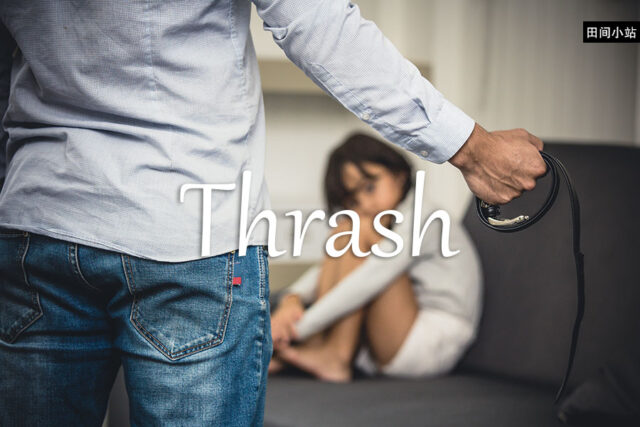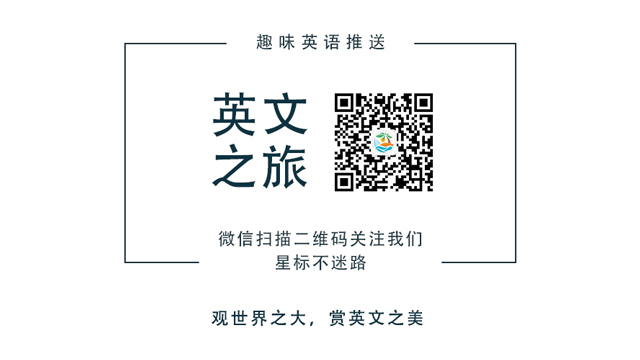本文经授权转载自微信公众号:田间小站

CET6 TEM8
外刊例句
- European officials are thrashing out the details of an EU-wide investment-screening mechanism, proposed by Mr Juncker in 2017.
容克在2017年提出了一个覆盖整个欧盟的投资筛查机制,欧盟官员目前正在仔细商讨细节。
——《经济学人》 - Afterward, nursing home staff reportedly failed to order a head scan or refer her to a doctor, even though she exhibited confusion, vomited and thrashed around.
之后,据报道,疗养院的工作人员没有给她安排头颅扫描,也没有把她转诊给医生,尽管她曾表现出神志不清、呕吐和剧烈扭动。
——《纽约时报》
基本释义
[verb] beat (a person or animal) repeatedly and violently with a stick or whip
[动词] 用棍子或鞭子反复猛烈地打(某个人或动物)
深入解读
Thrash 是一个与单词 thresh (打谷、给……脱粒)既十分形似又有所渊源的单词,两者可以一并联想记忆。
从词源上来看, thrash 是 thresh 的一个方言变体,最初也是用来表示“摔打(谷、麦等)使脱粒”。在脱粒机出现之前,农民通常使用一种叫做梿枷(flail)的农具来打谷脱粒。
而从使用梿枷(flail)一次又一次拍打谷麦的概念出发, thrash 自17世纪20年代起便开始发展出现在的基本含义指“抽打、痛打、毒打、连续击打”,尤指作为惩罚而使用棍子或鞭子反复猛烈地打某个人或动物,比如:
- 这犟孩子往往反应过火,急躁冲动。因此他的父亲常常狠狠地责打他。
The restive child tended to react in a heated and impetuous way. Therefore, his father used to thrash him well.
这在英式口语中,常用来喻指“轻松击败、彻底击败、重创、以大比分战胜”对手,比如:
- 我们以6比0大败客队。
We thrashed the visiting team 6–0.
等到了1846年后, thrash 又被用来引申指如梿枷反复来回摆动那般“(使)激烈扭动、猛烈摆动、翻来覆去”,常用搭配 thrash (sth) (about/around) ,主要指以暴力或不受控制的方式从一侧快速移动到另一侧,比如:
- 她把头摇得像拨浪鼓似的。
She thrashed her head from side to side. - 吉米瘫倒在地板上,像匹受伤的赛马一样拼命踢蹬着双腿。
Jimmy collapsed on the floor, thrashing his legs about like an injured racehorse.
而上面《经济学人》例句中出现的短语动词 thrash sth↔out 则用来表示“通过彻底讨论或反复研讨解决(问题、争端等)或达成(计划、协议等)”,好比反复使用梿枷拍打谷麦直至全部脱粒那般。
权威用例
She'll snap at the master himself, and as good as dares him to thrash her; and the more hurt she gets, the more venomous she grows.
甚至她对主人也会开火,并且也不怕他打她;她越挨打,她就变得越狠毒。
出自英国女作家艾米莉·勃朗特(Emily Brontë)的长篇小说《呼啸山庄》(Wuthering Heights)。
同近义词
- batter: strike repeatedly with hard blows
- lash: strike or beat with a whip or stick
- whack: strike forcefully with a sharp blow
